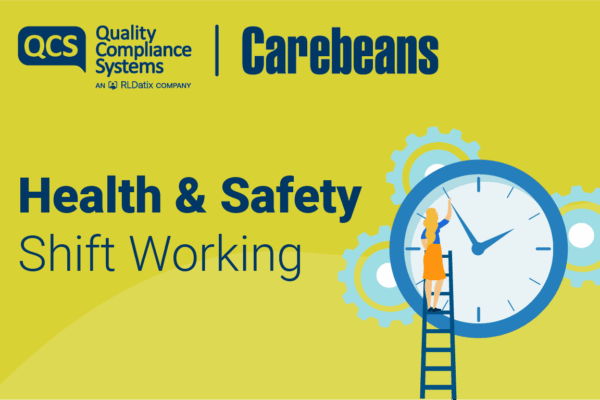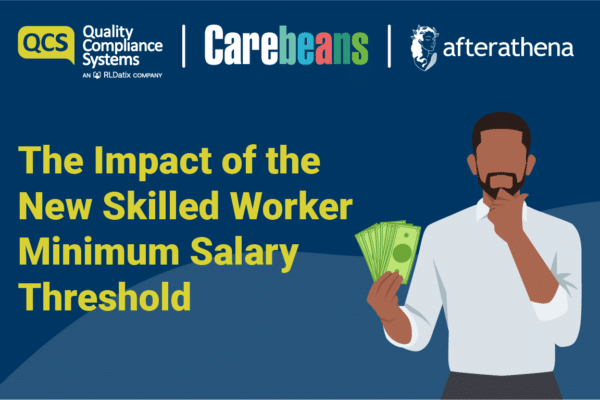Download our monthly H&S review for July on ‘Office Health and Safety’ from our partner, AfterAthena, here
DOWNLOAD NOW
Alternatively, read it here:
Offices are generally low-risk environments, but there still remains the potential for injury and ill health. In a typical office, physical hazards may arise; for example, from poorly controlled maintenance and alteration works, electrical equipment, trailing leads, space constraints and wet floors. Health hazards are a significant risk, in particular, stress and ergonomic factors. There are also the less frequently occurring hazards of fire and security threats which must be accounted for in risk management arrangements and emergency plans.
In many cases it will be reasonable to conduct a ‘generic risk assessment’ for all office areas, but it will be necessary to check that it fits the dangers in the particular office work area to which it will ultimately apply. A fire risk assessment will generally need to be a standalone document and take all aspects of fire safety and means of escape into account.
What should I consider when carrying out an office risk assessment?
The following list is not exhaustive and other hazards may be present within your organisation:
- Slips, trips and falls
- Manual handling
- Display screen equipment or DSE
- Temperature, ventilation and lighting levels
- Welfare facilities
- Fire safety and other emergencies
- Electrical safety
- Office cleaning products and chemicals
- Legionella
- First aid
- Asbestos
- Control of contractors
- Passenger lifts
- Stress
- Workplace violence
- Working at height
What should I do as an employer?
As an owner of a care home or a health and social care sector operator, it is recommended that you:
- Carry out a generic risk assessment of all activities. If your organisation employs more than 5 employees,the significant findings must be documented
- Ensure DSE assessments are undertaken and relevant controls are implemented to reduce the risk of ergonomic injuries
- Assess manual handling risks and implement suitable and sufficient controls so as to avoid musculoskeletal disorders affecting staff
- Make sure that temperature, lighting and ventilation provision complies with legal requirements and consider Chartered Institution of Building Services Engineers (CIBSE) guidance that proposes a comfortable, as opposed to minimum, working temperature. Considerable emphasis is being placed on good ventilation in the workplace as a means to control the spread of respiratory illnesses, which can include COVID-19. It is therefore particularly important as part of your general risk assessment to identify workspaces with poor ventilation
- Ensure that adequate sanitary, washing and changing facilities are provided and that appropriate provision has been made for pregnant women and new mothers
- Make sure a fire risk assessment is carried out by a competent person and the recommendations are implemented
- Make sure smoking is prohibited within the office and statutory no smoking signs are displayed in accordance with specific legislation
- Ensure portable electrical appliances are periodically inspected and tested and that any work on the fixed electrical system and repairs to equipment are undertaken by a competent person
- Make sure hazardous substances are used and stored in accordance with COSHH/DSEAR
- Assess any risk of legionnaire’s disease and implement relevant controls
- Identify and, as far as reasonably practicable, remove or adequately control workplace stressors so as to prevent harm to employee mental health
- Identify any asbestos containing materials and produce and implement an asbestos management plan
- Ensure suitable and sufficient first aid facilities are provided, including first aid personnel
- Ensure that there are adequate accident reporting mechanisms
- Assess working at height risks and implement all necessary control measures
- Have a system for identifying work which comes within the requirements of the Construction (Design and Management) Regulations 2015 that apply to even minor work such as redecorating and installing IT and electrical cables in an office
- Ensure safety and statutory inspection requirements for lifts are in place, including arrangements for the release of trapped persons
- Ensure measures are in place to prevent workplace bullying, discrimination and violent behaviour
- Display statutory notices (i.e. Health and Safety Law Poster and current Employers’ Liability Insurance Certificate)
- Provide appropriate health and safety induction training for staff and periodic refresher training
- Monitor your organisation’s health and safety performance and legal compliance
If you have any queries or are in need of specific Health &Safety advice, please use the contact form in the Health & Safety policy section of our system to contact a member of the AfterAthena team (part of the Napthens Group) who are able to offer your advice via email and a FREE virtual Health & Safety Audit.






